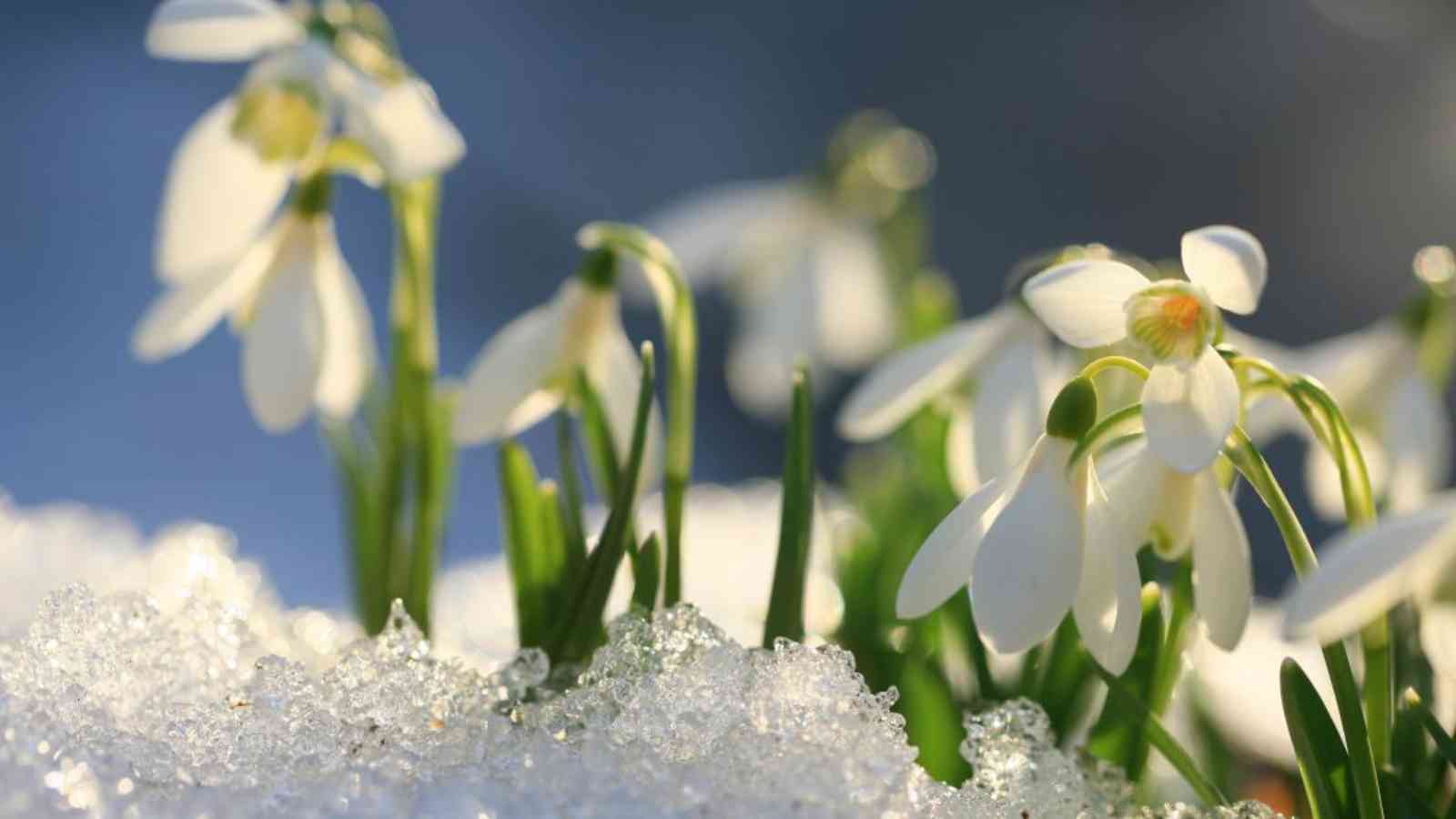The March Equinox is a yearly event that takes place on March 20. The March Equinox in the Northern Hemisphere is known as the vernal equinox. It signifies the beginning of spring in the Northern Hemisphere and autumn in the Southern Hemisphere. It signifies the Sun’s crossing from south to north of the Earth’s equator. As with all equinoxes, the March equinox is characterized by nearly equal amounts of daylight and darkness at many latitudes on Earth.
The background of March Equinox
The equinox brings several seasonal effects that have been observable by nature enthusiasts worldwide for years, regardless of location on Earth. The word ‘equinox’ is derived from two Latin words: aequus, which means equal, and nox, which means night. The literal meaning of the phrase is “equal night.” Our ancestors, who had considerably less precise timekeeping than we do today, believed that night and day were equivalent. However, we now know this is not the case.
People have been commemorating the March Equinox for centuries, and since it is associated with the beginning of spring, the associated festivals tend to focus on agriculture and fertility. The Romans utilized this day to honor their deity Cybele, who traveled in a chariot pulled by lions. In approximately 550 B.C., the ancient Persians celebrated the vernal equinox as Nowruz, their New Year. Modern Iranians continue to commemorate the New Year at this time. During the Shang Dynasty, which ruled China from 1600 to 1046 B.C., it was believed that the spring equinox signified a mythical commencement, a sort of ‘beginning of their line.’ Jews in the 12th century believed that the spring equinox coincided with the Biblical pestilence that turned Egypt’s water to blood.
In India, the spring equinox is celebrated with the Holi festival. This festival honors numerous Hindu deities and legends. It signifies the triumph of Good over Evil, with the legend of Krishna and Rhada being the most notable example. Ancient cultures possessed a profound understanding of nature, the seasons, and the motion of celestial bodies. Numerous developers created websites with a glaringly evident purpose: calendars. These were frequently aligned to display sun rays during the solstices and equinoxes. Chichen Itza in Mexico, the Mnajdra Temples in Malta, and Stonehenge in England are examples.
Macaron Day 2023: Date, History, Facts, Activities
SPRING CLEANING EQUINOX ACTIVITIES IN MARCH
The March equinox is the optimal time to renovate your home. Start by organizing your home.
Do some gardening
Therefore, it has become a tradition to plant seeds at this time of year, as growth symbolizes victory over mortality and rebirth. Add some vibrant flowers to your garden to commemorate the arrival of spring.
Visit ancient locations
Numerous ancient sites are associated with the traditions and celebrations of the March equinox. Pack a bag, contact a few companions, and embark on an adventure.
Great British Spring Clean Day 2023: Date, History, Importance
5 FACTS REGARDING THE MARCH EQUINOX
During this time of year, sunsets and sunrises occur at their quickest.
The astronomical calendar and the meteorological calendar are two distinct calendars. Using the astronomical calendar, spring will occur on March 20, whereas using the other calendar, spring will occur on March 1.
Mother’s Day is frequently observed on the March equinox in Arab countries.
In East Asian nations, the March equinox signifies the midpoint of spring.
In the United States, boatyard employees and sailboat owners commemorate the arrival of warmer weather by burning socks at the Burning of the Socks festival.
MARCH EQUINOX DATES
| Year | Date | Day |
|---|---|---|
| 2022 | March 21 | Monday |
| 2023 | March 20 | Monday |
| 2024 | March 20 | Wednesday |
| 2025 | March 20 | Thursday |
| 2026 | March 20 | Friday |



